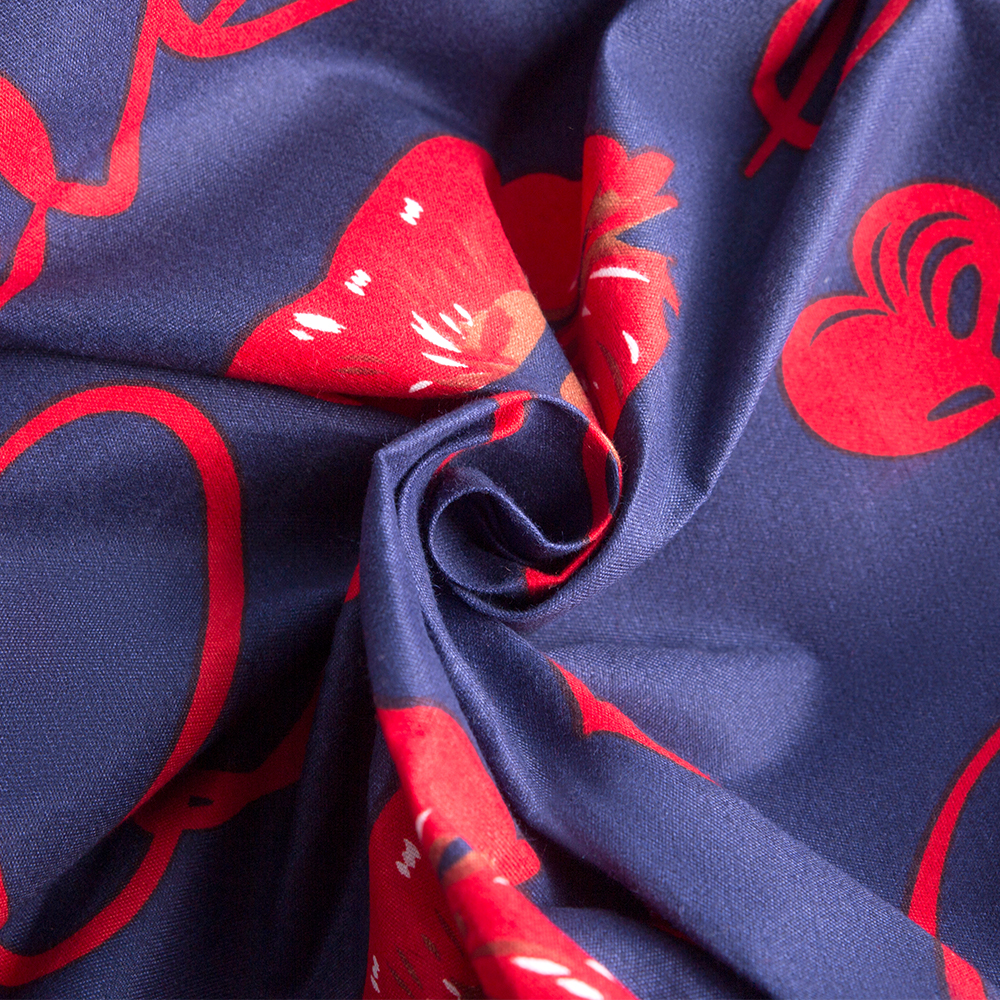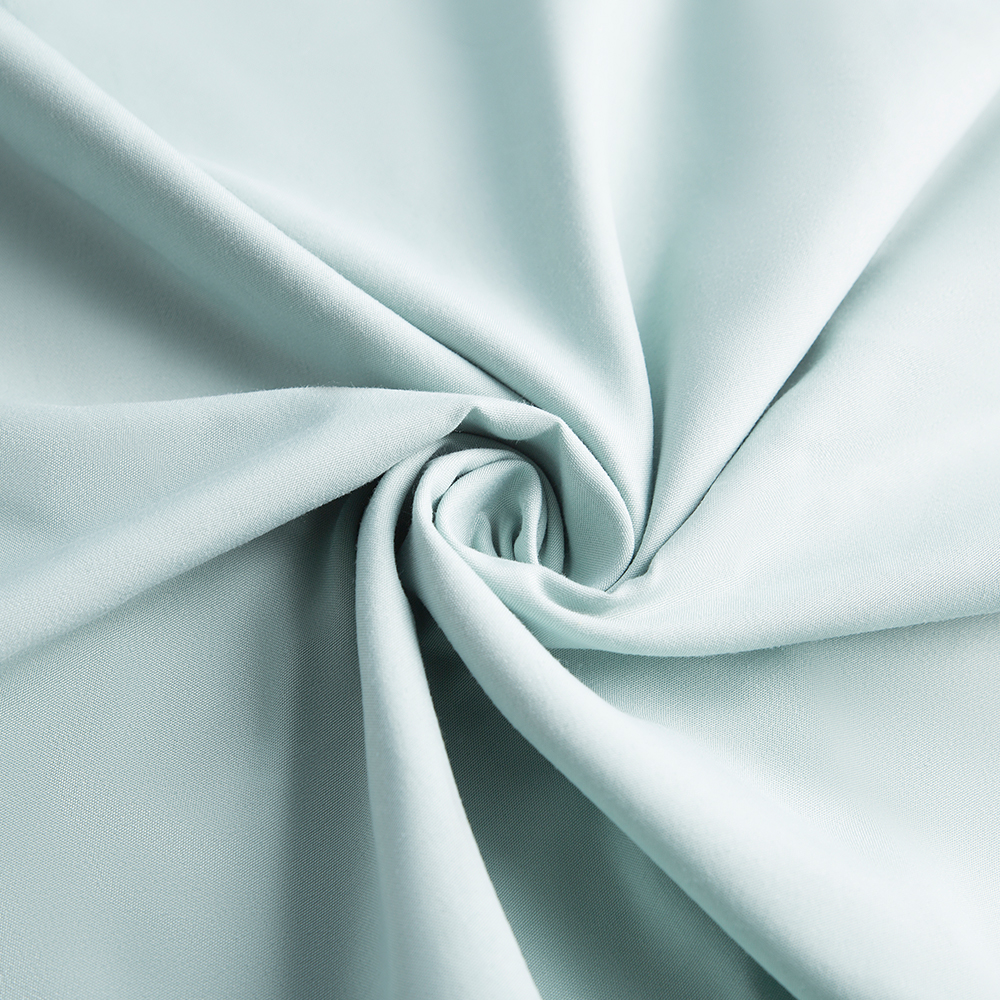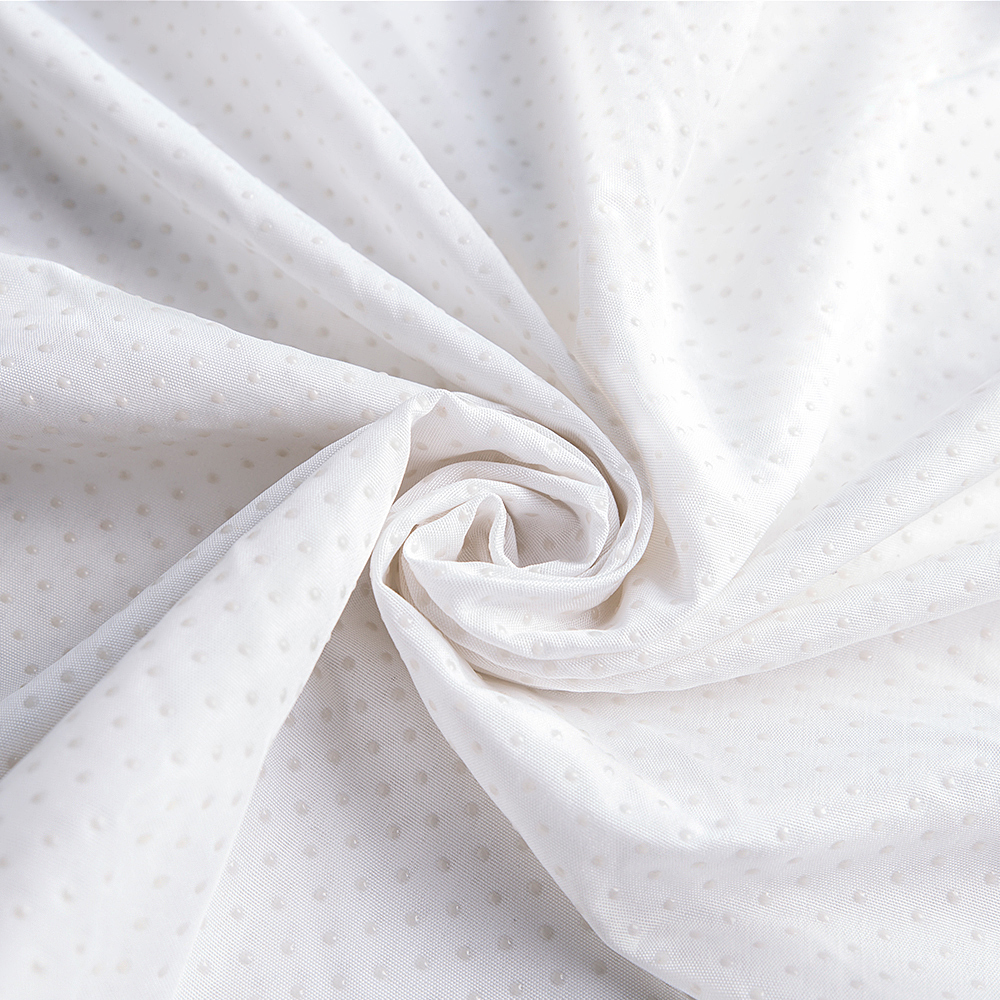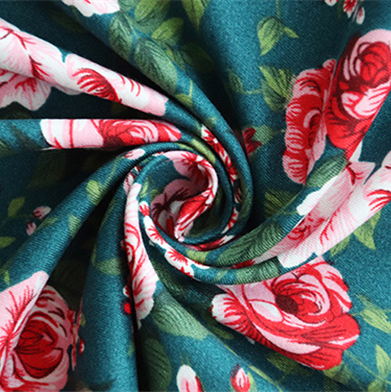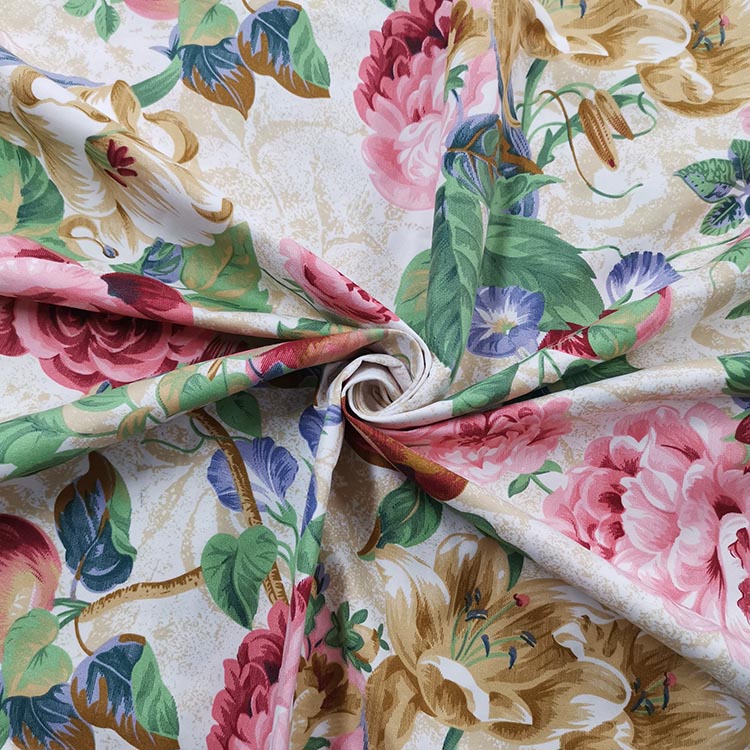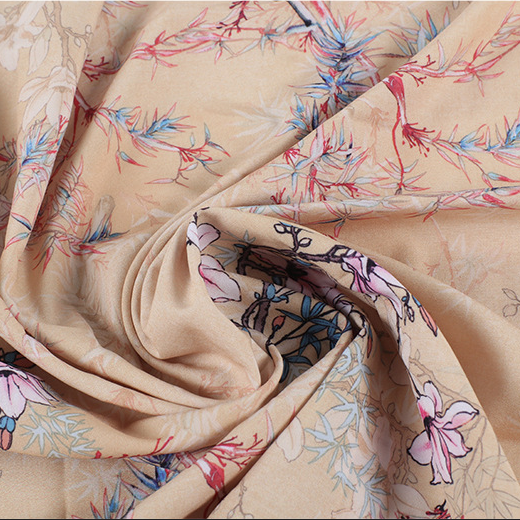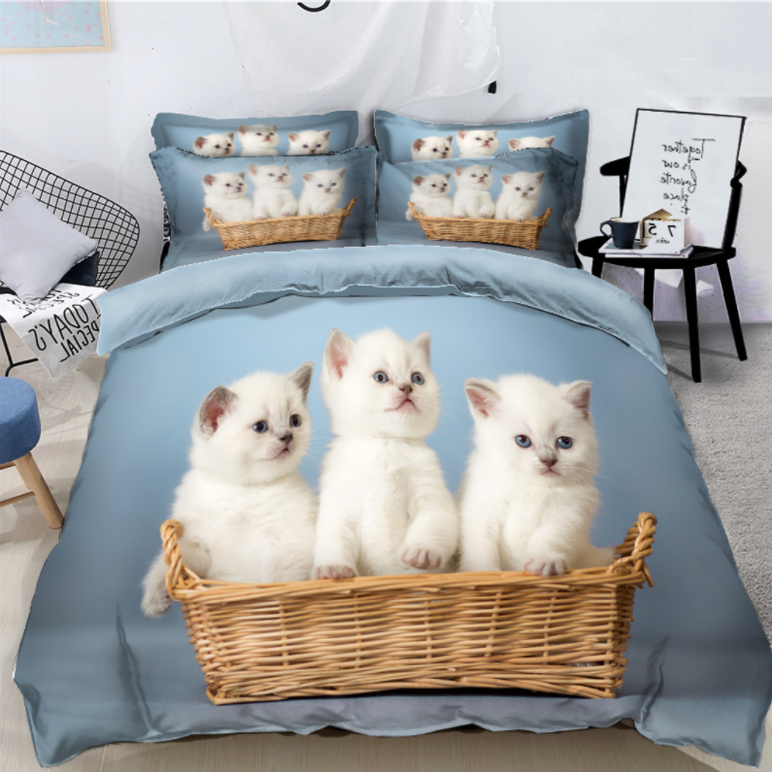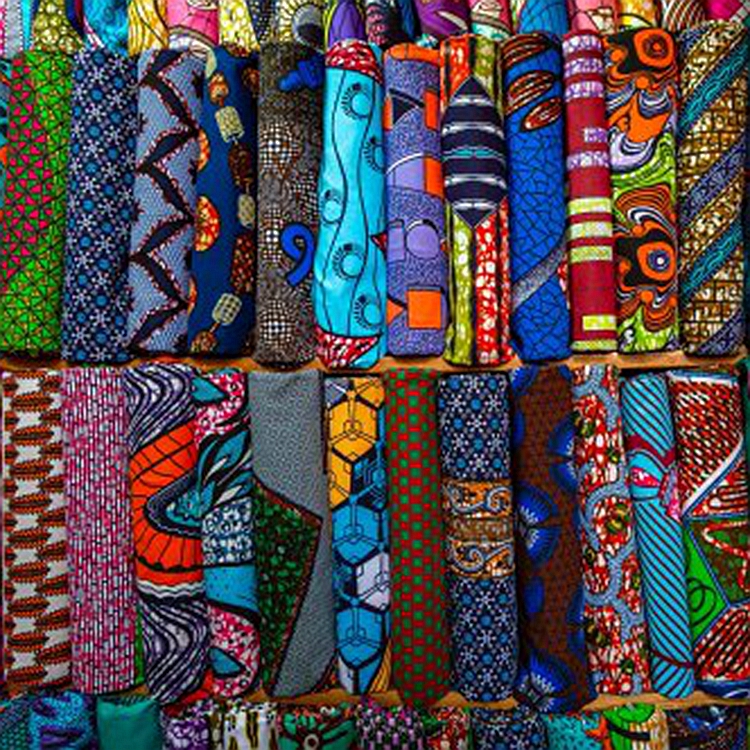Curtains play a vital role in modern interior design—not only do they add elegance and warmth to a space, but they also perform essential functional duties such as controlling light, maintaining privacy, and regulating indoor temperature. Among the various materials used for curtains, polyester microfiber fabric stands out for its durability, softness, and affordability. However, one of the most crucial yet often overlooked factors determining a curtain’s performance is its weaving density.
The weaving density, or the tightness of the yarns in the fabric, has a significant impact on how well a curtain filters light and provides privacy. In this article, we will explore how the weaving density of polyester microfiber curtain fabric influences light control, privacy protection, and overall interior comfort—helping homeowners, designers, and manufacturers make more informed decisions.
1. Understanding Polyester Microfiber Curtain Fabric
Polyester microfiber is made from extremely fine synthetic fibers—often less than one denier thick—giving the fabric a soft, smooth, and luxurious texture. Despite being lightweight, it is strong, wrinkle-resistant, and easy to maintain. The unique structure of microfiber allows it to be woven in a variety of densities, enabling manufacturers to produce fabrics ranging from sheer to blackout types.
The flexibility of polyester microfiber makes it ideal for curtains because it can be engineered to control the amount of light entering a room and to provide varying degrees of privacy depending on the weave structure.
2. What Is Weaving Density?
Weaving density, also known as thread count or fabric tightness, refers to the number of warp (vertical) and weft (horizontal) threads in a specific area of the fabric, typically measured per square inch.
- High-density weave: More threads are packed tightly together, creating a thicker, less transparent fabric.
- Low-density weave: Fewer threads per inch, resulting in a lighter, more open fabric structure that allows more light to pass through.
For polyester microfiber curtains, weaving density directly influences light transmission, opacity, breathability, and tactile feel. The density level is therefore a critical factor in determining whether a curtain is suitable for a sheer, semi-blackout, or full-blackout purpose.
3. The Relationship Between Weaving Density and Light Control
Light control refers to the curtain’s ability to regulate the amount of natural or artificial light entering a space. The weaving density of polyester microfiber curtains plays a central role in this process.
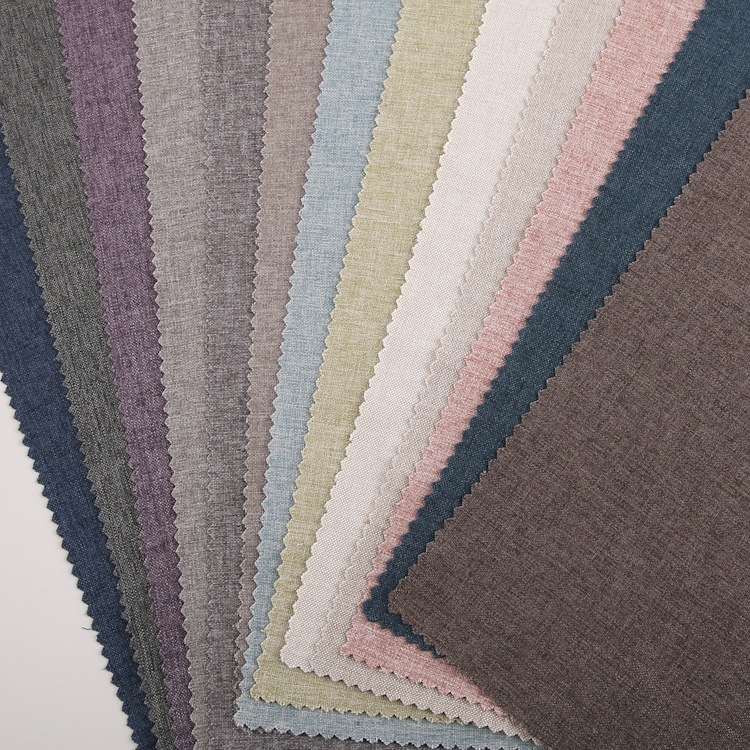
(1) Low-Density Weave – Maximum Light Transmission
Curtains with a low weaving density have small gaps between fibers, allowing sunlight to pass through easily. This type of fabric is used for sheer or translucent curtains, which are ideal for spaces like living rooms or balconies where soft daylight is desired.
Advantages:
- Creates a bright, airy atmosphere.
- Reduces glare without completely blocking light.
- Offers a sense of openness and freshness.
Limitations:
- Poor light-blocking ability.
- Limited privacy, especially at night when indoor lights are on.
(2) Medium-Density Weave – Balanced Light Control
A medium-density weave provides moderate light filtration. These fabrics diffuse sunlight effectively, preventing harsh glare while maintaining a comfortable brightness. They are often chosen for bedrooms, offices, or hotel rooms, where users want a balance between natural light and privacy.
Advantages:
- Good balance of brightness and shade.
- Reduces UV exposure that may fade furniture or flooring.
- Provides moderate privacy during daylight hours.
Limitations:
- Not fully effective at night for privacy unless paired with liners.
(3) High-Density Weave – Maximum Light Blocking
High-density woven polyester microfiber fabrics have minimal gaps between threads, preventing most light from penetrating. These fabrics are often referred to as blackout or thermal curtains and are perfect for bedrooms, home theaters, or offices requiring controlled lighting.
Advantages:
- Blocks up to 95–100% of sunlight.
- Helps regulate room temperature by reducing heat gain and loss.
- Provides full privacy and better noise reduction.
Limitations:
- May make the room darker than desired during the day.
- Slightly heavier and less breathable.
4. Weaving Density and Privacy Protection
Privacy is another critical factor when choosing curtain fabrics, particularly in urban environments where buildings are close together. The weaving density of polyester microfiber directly affects the degree of visibility through the curtain.
- Low-density weave: Offers limited privacy, as silhouettes and movements may be visible from outside, especially under strong backlighting.
- Medium-density weave: Provides partial privacy; outlines may be visible under bright lighting conditions.
- High-density weave: Ensures complete privacy, even when interior lights are on, making it ideal for bedrooms, bathrooms, and street-facing windows.
Manufacturers often combine dense weaving with additional coating or lamination to enhance privacy and light-blocking performance without sacrificing the soft feel of the microfiber fabric.
5. The Role of Fiber Structure and Finishing
While weaving density is the primary determinant of light and privacy control, fiber structure and finishing techniques also play supporting roles.
- Fiber Cross-Section: Microfibers with irregular or triangular cross-sections scatter light more effectively, enhancing opacity without increasing density.
- Coating Treatments: Applying foam or acrylic coatings to dense microfiber fabrics can improve light-blocking performance and thermal insulation.
- Color and Dyeing: Darker-colored microfiber fabrics naturally absorb more light, while lighter shades transmit more light, even at similar weaving densities.
These elements allow fabric engineers to design polyester microfiber curtains with optimized light filtration and enhanced privacy for specific applications.
6. Practical Applications Based on Weaving Density
The versatility of polyester microfiber curtain fabrics allows them to be used across various environments depending on weaving density:
| Weaving Density | Curtain Type | Typical Applications | Light & Privacy Features |
| Low Density | Sheer Curtain | Living room, café, balcony | Soft light, minimal privacy |
| Medium Density | Semi-Blackout Curtain | Bedroom, office, hotel | Moderate light, partial privacy |
| High Density | Blackout Curtain | Home theater, hospital, luxury suite | Maximum privacy, full light control |
By selecting the appropriate density, homeowners and designers can achieve the desired balance between aesthetics, comfort, and functionality.
7. Energy Efficiency and Environmental Benefits
In addition to controlling light and privacy, the weaving density of polyester microfiber curtain fabrics also influences thermal insulation and energy efficiency. High-density weaves can act as thermal barriers, reducing heat exchange between indoor and outdoor environments. This contributes to lower air-conditioning or heating costs.
Moreover, polyester microfiber is lightweight and long-lasting, reducing the need for frequent replacement—an advantage in terms of sustainability. Some modern fabrics even use recycled polyester microfibers, further enhancing eco-friendliness.
8. Choosing the Right Curtain for Your Needs
When selecting polyester microfiber curtains, consider the following factors in addition to weaving density:
- Room Function: Bedrooms benefit from high-density blackout fabrics, while living areas may favor low-density sheers.
- Orientation and Sunlight Exposure: South-facing rooms with intense sunlight may need denser weaves.
- Aesthetic Preference: Sheer fabrics create a soft, romantic look, while dense weaves convey elegance and sophistication.
- Maintenance: Microfiber fabrics are easy to wash and quick-drying, maintaining their quality even after repeated cleaning.
9. Conclusion
The weaving density of polyester microfiber curtain fabric is one of the most critical factors affecting how a curtain performs in light control and privacy protection. A low-density weave allows light and openness, perfect for decorative or semi-private spaces. A medium-density weave balances illumination and privacy, while a high-density weave ensures total light blockage and complete discretion.
By understanding the relationship between weaving density, light control, and privacy, designers and consumers can make better choices that align with their environmental, functional, and aesthetic needs. Polyester microfiber’s versatility, softness, and durability make it an outstanding fabric option for modern curtains—capable of transforming both the look and comfort of any interior space.





 English
English
 中文简体
中文简体

